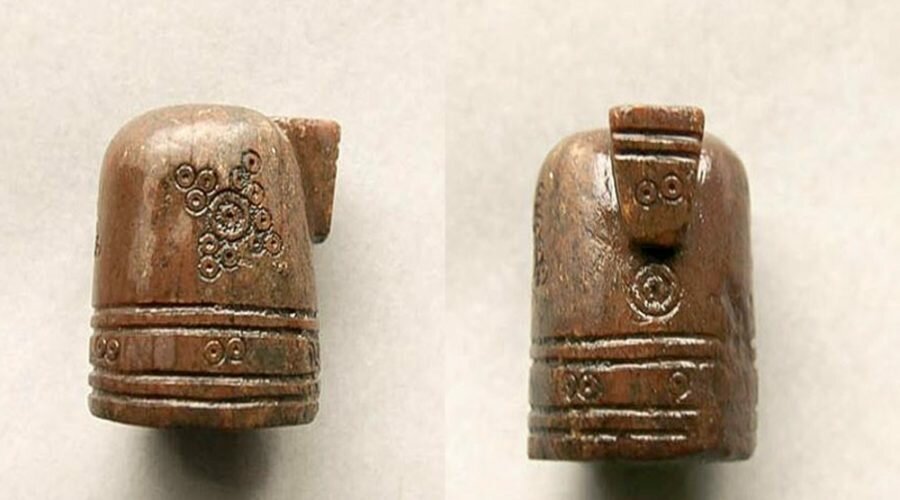Chess fans today may not recognize this decorated thimble-shaped object, but a recently discovered 800-year-old game piece from Norway is actually a knight.
Archaeologists discovered the exquisitely-preserved chess piece in a 13th-century house in Tønsberg. The game piece, which is made mostly out of antler, would have been used to play what was called shatranj (called chess today).
There is likely some lead inside the piece to help it “stand firmly on the chessboard,” a team of archaeologists from the Norwegian Institute for Cultural Heritage Research (NIKU) said in a statement.
The artifact is cylindrical, about 3 cm tall, 2.6 cm in diameter, and has a protruding snout on top with two dotted circles.
The piece is richly decorated with circles on the bottom, several dotted circles on the sides and at the top.
“The design of the piece has an abstract shape, and is designed according to Islamic tradition, where no human figures are to be depicted,” said Dr. Lars Haugesten, an archaeologist at the Norwegian Institute for Cultural Heritage Research.
“No previous archaeological finds from Tønsberg have such details, which emphasizes that this chess piece is a unique object.”
“The game of chess was taken up in the Arab world after the conquest of Persia in the seventh century, and was introduced to Spain in the 10th century by the Moors. From Spain, the game spread rapidly northwards, and may have been known in Scandinavia shortly afterwards,” the archaeological team noted in the statement.
“The oldest find in the Nordic region is from Lund, Sweden, dating back to the last half of the 12th century. That piece is similar to the find from Tønsberg.”
The chess piece from Tønsberg is a knight
By looking at the ancient form of chess, shatranj, the piece from Tønsberg appears to be a horse (today known as a knight).
– In Norway, some chess pieces from the Middle Ages have been found, but few similar knights. For example, in Bergen, more than 1,000 gaming pieces have been found. Of these, there are some chess pieces but only 6 abstract knights, says Haugesten
Their shape is similar to the piece from Tønsberg, but the size of the pieces varies. The decor on the pieces is not the same as that from Tønsberg, yet the pieces from Bergen both have dotted circles and ordinary circles.

